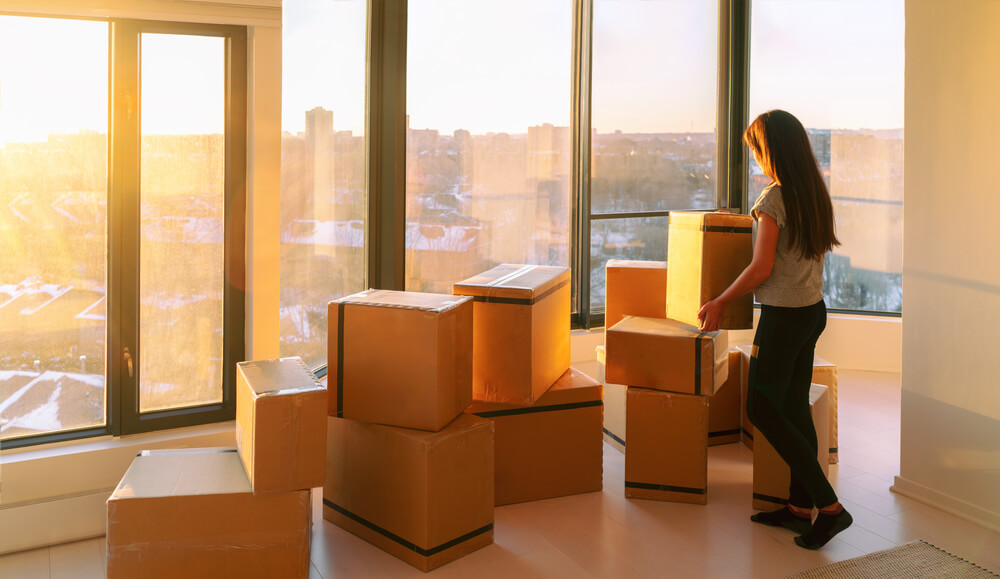How to Safely Ship an Electric Scooter Across the Country

If you’ve recently purchased or sold an electric scooter, or are relocating and need to bring your ride along, shipping it across the country might be your best option. But shipping a scooter isn’t as simple as boxing up clothes or electronics. From battery regulations to choosing the right transport provider, it requires some careful planning. Scooter shipping tips can make a big difference helping ensure your e-scooter arrives safely, on time, and in one piece.
This guide walks you through everything you need to know, including preparation, shipping methods, and what to look for in a reliable service.
Why Proper Scooter Shipping Matters
Electric scooters are more than just a convenient way to get around they’re also an investment. Improper handling or poor packaging can result in costly damage or even safety hazards. Since most e-scooters use lithium-ion batteries, they must meet specific shipping guidelines, especially for long distances or air freight.
Learning how to package, protect, and choose the right shipper can save you money and stress in the long run.
Evaluate the Size and Weight of Your Scooter
Before anything else, determine whether your scooter qualifies for parcel shipping or if you’ll need freight or specialty transportation.
Lightweight/foldable scooters may be eligible for standard parcel shipping.
Larger or commercial scooters often exceed weight limits and must be shipped via freight or specialty services.
Check your scooter’s user manual or manufacturer’s website for exact specs.
Preparing the Scooter for Shipping
Your scooter’s safety in transit depends largely on how well it’s packed. Follow these steps:
- Turn it off and let the battery cool down.
- Clean the unit to remove any dirt or debris.
- Detach accessories like mirrors, phone mounts, or baskets.
- Fold the scooter and secure any moving parts with zip ties or foam padding.
- Wrap in protective materials like bubble wrap or foam sheets and place in a sturdy box.
Make sure there’s no room for the scooter to shift during transport. Add padding around all sides and seal the box with strong packing tape.
Choosing the Right Shipping Provider
The right transporter can make or break your scooter shipping experience. Look for companies that:
- Have experience with e-scooters, e-bikes, or motorcycles.
- Offer tracking and insurance.
- Understand how to handle hazardous materials.
- Have positive customer reviews.
Specialty transport companies may cost more but often provide peace of mind, including white-glove service, climate-controlled environments, and door-to-door delivery.
Insure Your Shipment
No matter how secure your packaging is, things can go wrong during transit. Insurance protects you from loss, damage, or theft.
Before shipping, make sure to:
Check if insurance is included or optional
- Document the scooter’s condition with photos.
- Save receipts and shipping details.
- Understand what’s covered under the policy.
- This documentation will be crucial if you need to file a claim.
The U.S. Department of Transportation (USDOT) places safety at the forefront of its mission, implementing a comprehensive array of initiatives to reduce transportation-related injuries and fatalities across various modes.
Track the Shipment and Confirm Delivery
Most major shipping companies offer real-time tracking. Monitor your scooter’s progress and stay updated about delays or delivery changes.
Once it arrives, inspect it immediately. Compare it to your pre-shipping photos, check for physical damage, and test functionality. If you notice any issues, report them to the shipping company immediately.
Final Thoughts
Shipping an electric scooter across the country doesn’t have to be complicated. With careful preparation, smart packing, and a trusted shipping provider, your scooter can travel safely whether it’s going to a new owner or your new home. By following these steps and keeping battery safety top of mind, you’ll reduce risk and help your scooter arrive in ride-ready condition.
As electric scooters continue to grow in popularity, knowing how to ship them correctly is a valuable skill. Use these strategies to ship smarter and more confidently.










